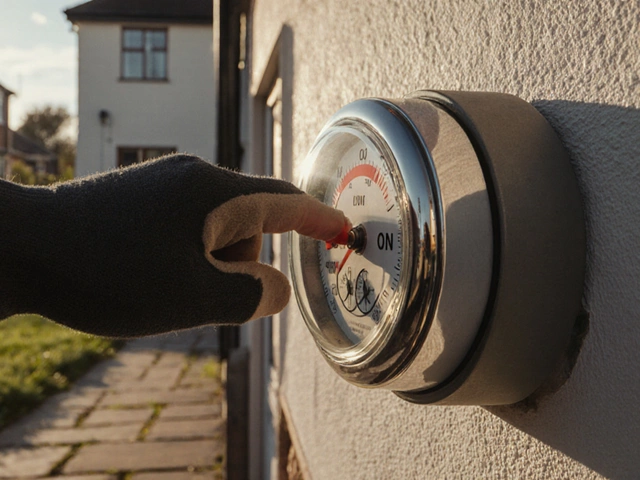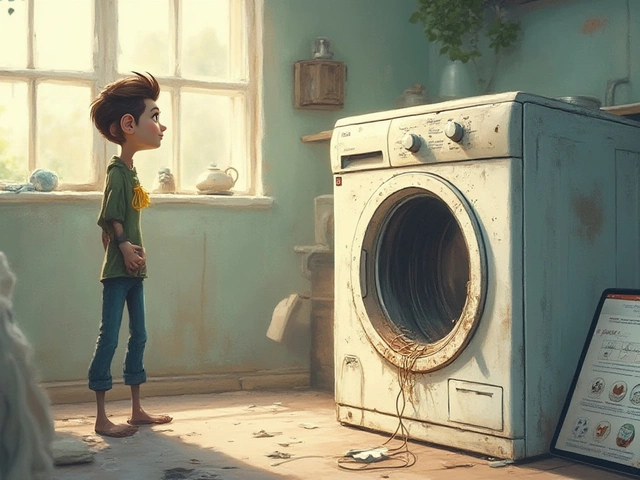If your kitchen or bathroom fan has quit humming, started rattling, or is blowing weak air, you’re not alone. Most households face the same hiccups – a blocked vent, a loose blade, or a faulty motor. The good news is you can spot many of these issues in minutes, and either fix them yourself or know exactly when to call an expert.
Fans rely on three basics: clean airflow, a powered motor, and a secure housing. Over time, grease and dust settle on the blades, restricting movement. A clogged filter or vent reduces suction, so the fan works harder and may overheat. Loose wiring or a burnt‑out capacitor can also cut power abruptly, leaving the fan dead. In humid bathrooms, moisture can corrode metal parts, leading to squeaks or a slow‑moving motor.
Before you pick up the phone, try these steps:
If the fan runs quietly but the airflow is weak, the motor’s bearings could be worn out. That’s a sign you need a professional replacement.
When the fan makes a high‑pitched squeal or rattles, tighten any loose screws on the housing and make sure the fan blades are straight. A warped blade can cause uneven air pressure and noisy operation.
Finally, if you notice water dripping around the fan, it may be a condensation problem. Installing a proper humidity‑controlled vent or adding a waterproof seal around the fan housing can stop leaks.
By tackling these easy checks, you can often restore your fan’s performance without a costly callout. But if the motor refuses to start after cleaning, or you spot burnt wires, it’s safest to let a qualified technician handle the repair. Remember, a well‑maintained fan not only stays quiet but also helps prevent mold and keeps your home smelling fresh.

Extractor fans are essential for maintaining good air quality, especially in kitchens and bathrooms. When they stop working, it might be due to electrical, mechanical, or cleanliness issues. Understanding the root causes of fan failures can save you time and money in repairs. Discover common problems, practical tips, and preventive measures to keep your fan spinning efficiently.

Learn why all your gas appliances might stop working, how to safely troubleshoot common issues, and when to call a Gas Safe engineer.

Ever wondered how long your trusty range oven will last? On average, a well-maintained range oven can serve you for about 10 to 15 years. Routine cleaning and minor repairs can help extend its lifespan. Knowing when to repair or replace your oven is crucial for efficiency and safety. Read on for practical tips to make sure your oven lasts as long as possible.

Find out when repairing your dryer isn’t the smart move. Learn real signs, safety warnings, and how to choose between fixing and just getting a new one.

Experiencing no hot water in the shower can be frustrating, especially on cold mornings. This article provides practical solutions to diagnose and resolve common issues with your water heating system. From checking simple things like the thermostat to identifying more complex issues like a faulty heating element, you'll learn how to get back to enjoying a warm shower.

If your boiler stops working, know who to call and what to do immediately. This guide covers emergency steps, how to find a Gas Safe engineer, repair costs, and how to prevent future breakdowns in the UK.